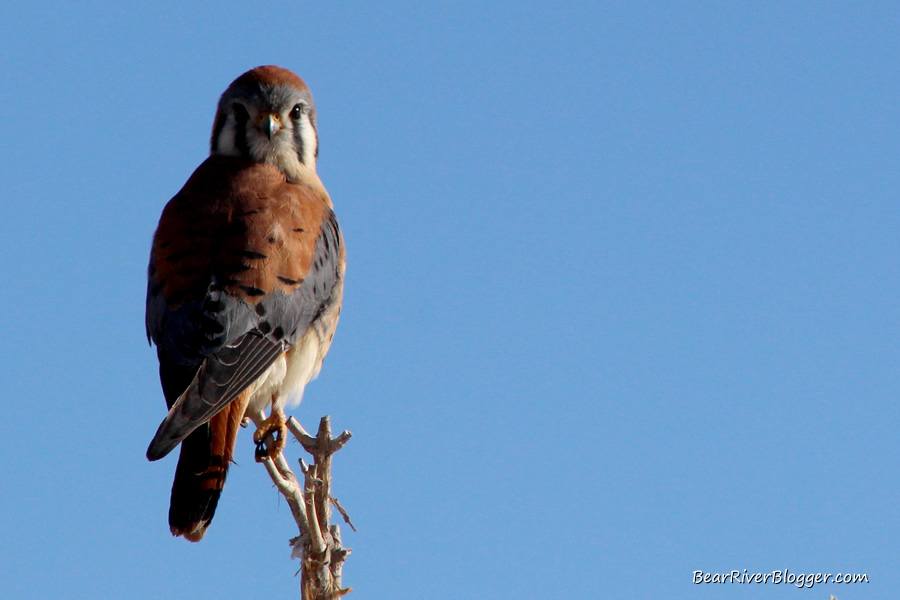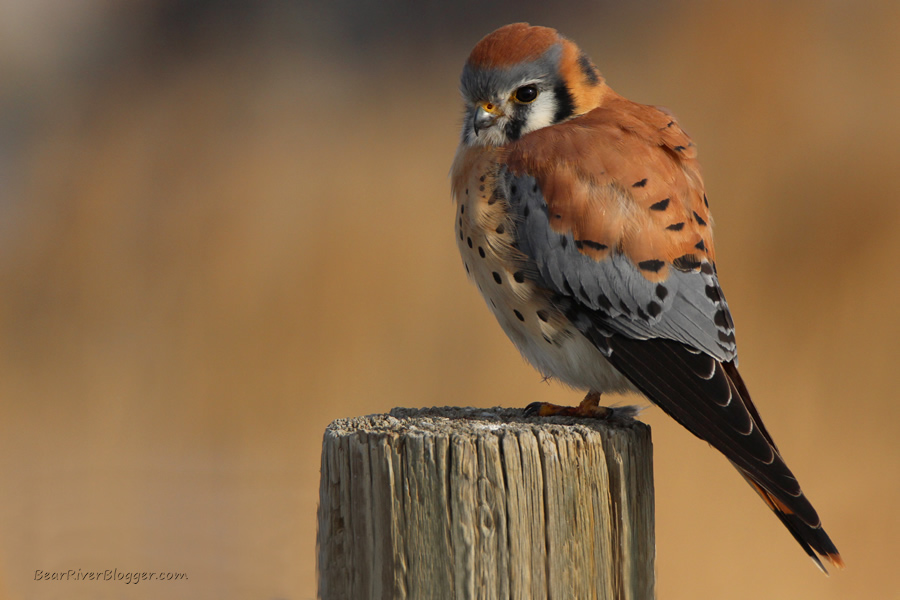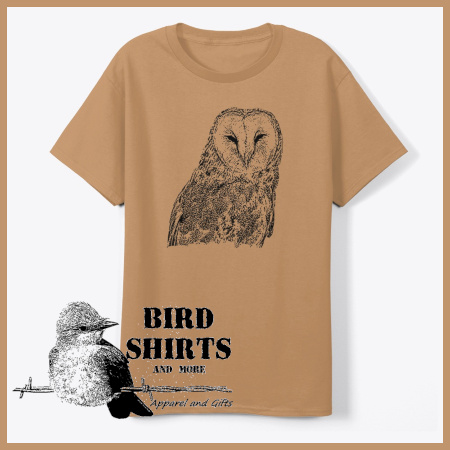Each winter I find myself mesmerized by the American kestrel, a somewhat common bird found on the Bear River Migratory Bird Refuge during the coldest parts of the year.
With its brilliantly colored plumage, the male kestrel in particular is a strikingly beautiful bird and one I personally take every opportunity I get to photograph during the frigid winter months on the bird refuge.
But the kestrel’s commonality on the Bear River Migratory Bird Refuge, at least in the publicly accessible areas that is, is only during the winter months when a few of these small falcons can be found very regularly sitting on road signs and fence posts on the lower portion of Forest Street.
The American kestrel population as a whole is, unfortunately, facing declining numbers all across the country and researchers, such as Hawkwatch International, are putting forth great time and effort through kestrel leg-banding efforts to find out why and to help reverse this downward trend.
Part of the effort to help stabilize and strengthen American kestrel populations involves putting up what is termed a kestrel box, a man-made nesting box where kestrels can safely lay their eggs and raise their young.
Last winter while photographing kestrels on the Bear River Migratory Bird Refuge, the thought occurred to me why kestrels are routinely found on Forest Street during the winter but almost completely absent during the summer.
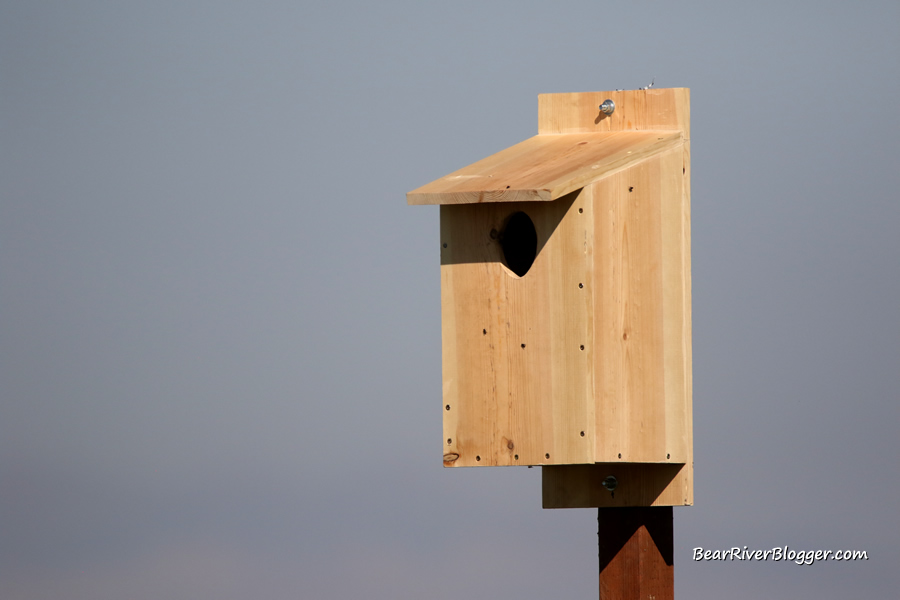
American kestrels are cavity-nesting birds, meaning they need to take over a hole in a tree or utilize some kind of manmade structure for a nesting location.
And if you’ve been on Forest Street you will quickly notice there are no suitable places for American kestrels to nest in along most of Forest Street due to the lack of trees and other usable options these small falcons could take advantage of.
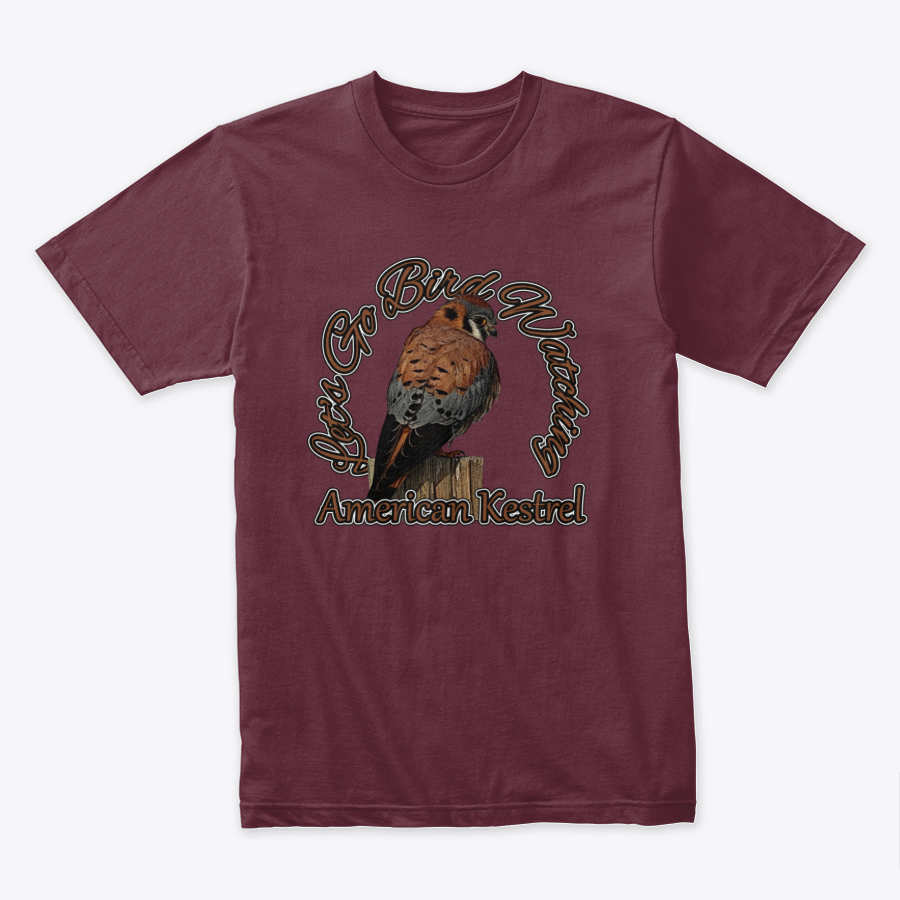
So this got me thinking and last March I wrote a blog post where I proposed that the Bear River Migratory Bird Refuge erect a few kestrel boxes along Forest Street to attract and support potential breeding American kestrels on this section of the bird refuge.
My suggestion for the Bear River Migratory Bird Refuge to build and place kestrel boxes along strategic locations on Forest Street was two-fold in its purpose and intent.
Ideally, adding kestrel boxes on the refuge was intended to both help declining kestrel populations with more usable nesting locations here in northern Utah as well as give more public viewing opportunities along Forest Street for birdwatchers and photographers alike.
Well, my friends, after a recent drive down Forest Street and today’s walk around the refuge nature trail, I am very pleased to report the Bear River Migratory Bird Refuge has officially joined the efforts to help declining American kestrel populations with three newly erected kestrel boxes on the bird refuge.

Two of the American kestrel boxes are on the nature trail behind the visitors center and the third nesting box is about a mile or so west on Forest Street bordering the asphalt parking lot just before the Reeder canal.
It is hoped all three kestrel boxes will attract and support nesting American kestrels this coming spring as well as offer an opportunity for the public to view as well as photograph these beautiful birds.
The kestrel boxes were built by both Bear River Migratory Bird Refuge volunteers and members of the Wildlife Society at Utah State University.
Funding for the materials for each kestrel box came from both the Bear River Migratory Bird Refuge itself and Friends Of The Bear River Refuge, a non-profit organization that helps funds projects and supports the bird refuge in a variety of different ways.
From my conversation with refuge staff, the goal is to potentially have volunteers monitor the kestrel boxes to keep tabs on their use and possibly conduct periodic cleanings as needed.
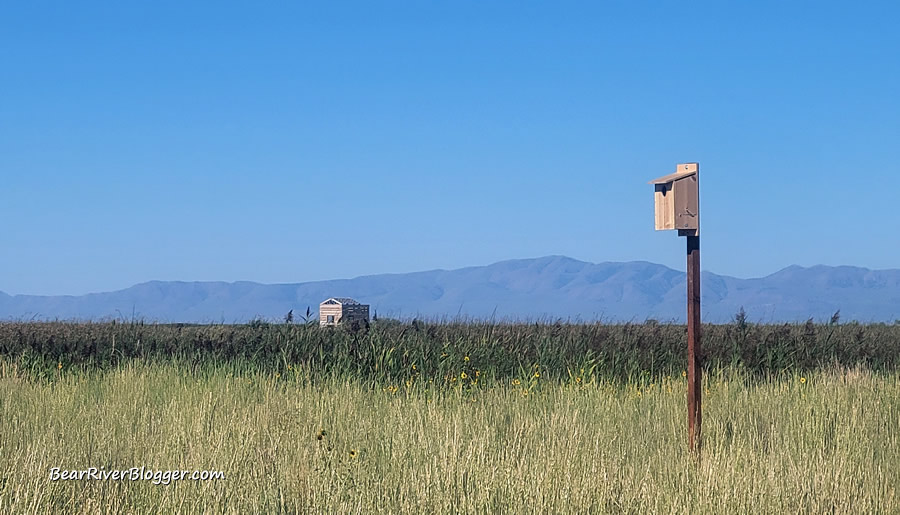
I plan on “unofficially” watching the kestrel boxes for the purpose of this website but anybody that has an interest in offering their time as a volunteer to monitor the kestrel boxes can contact the Bear River Migratory Bird Refuge directly and get more information about what it might entail.
All in all, this is a win-win in my book, something that I hope will not only attract breeding American kestrels to these portions of the bird refuge but offer more opportunities for the public to come to the Bear River Migratory Bird Refuge and get interested in and enjoy the pastime of birdwatching at the same time.
If you are a nature enthusiast or birdwatcher like I am, I offer you to head on over to our subscribe page to sign up for email notifications for future blog posts like this one.
Our passion is nature, plain and simple, including birds, bees, dragonflies, butterflies, and all the other fascinating creatures found in nature, both on and off of the famed Bear River Migratory Bird Refuge.
If you use social media, don’t forget to follow our small but growing Bear River Blogger Facebook page, another way you can connect with us and keep up with our writings and photography efforts.
(Sphinx Moth Feeding On A Sunflower. For short nature clips like this one and interesting stories about the natural world around us, check out our Bear River Blogger channel on YouTube for videos and updates from our travels while out in nature, both on and off of the famed Bear River Migratory Bird Refuge.)
